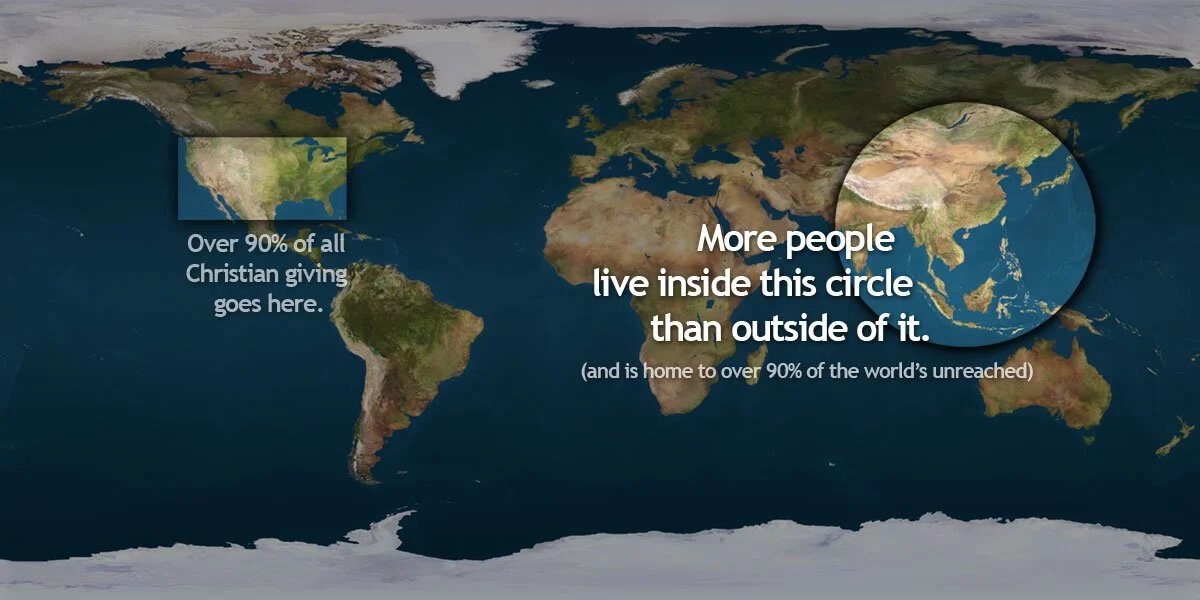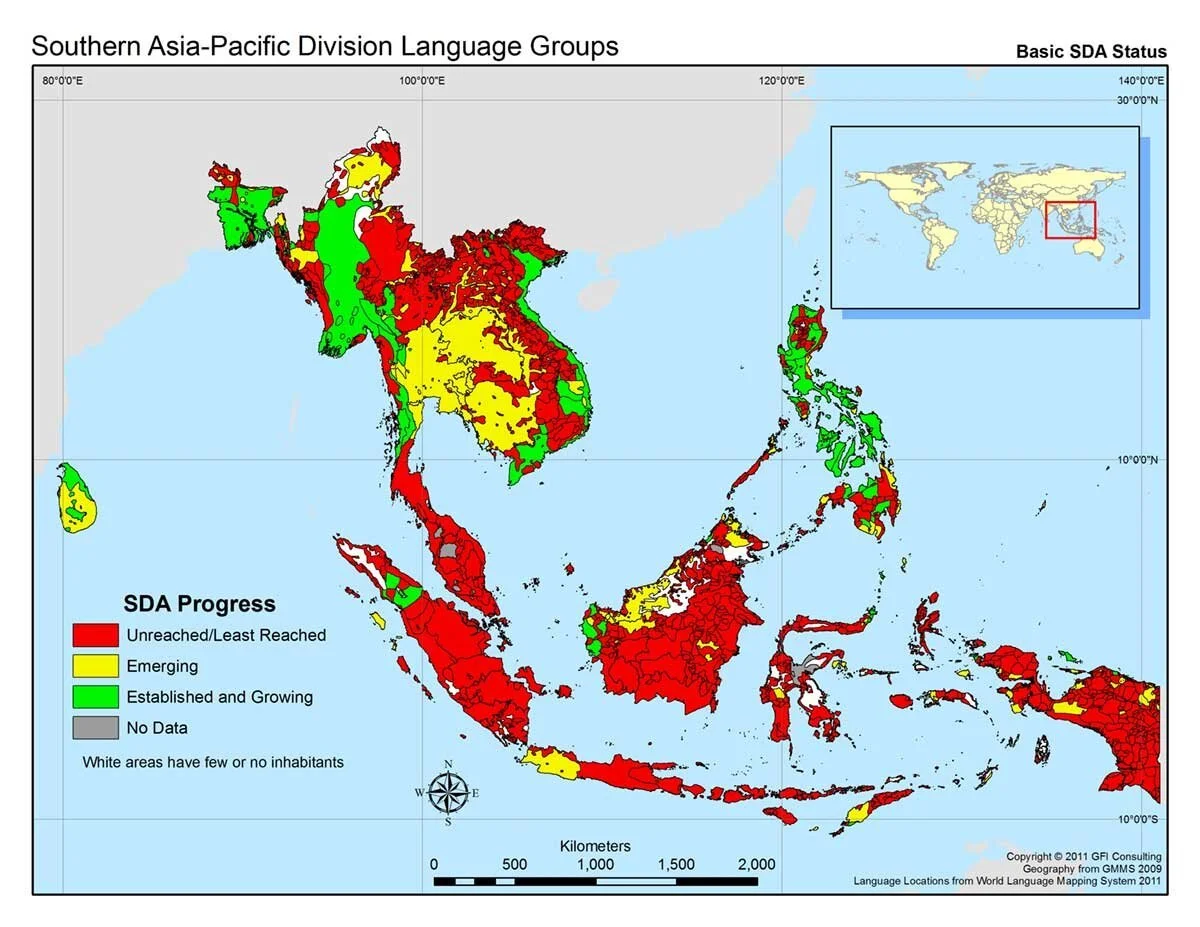Our MissionJesus for Asia exists for one purpose: to see as many people as possible accept eternal life before it’s too late. We do this by going to the least reached section of the planet and by calling the church to re-engage its mission. In other words, we do mission and we advocate for missions. All for the sake of the joy that is set before us!
Missions at a GlanceNAD Giving Trends:
Over the last 90 years, while giving for tithe and local church budgets have more than doubled, missions giving has dramatically decreased. This chart shows the decline in missions giving in the NAD. Missions offerings have also declined globally.
In 1930 - Christians gave roughly 6% of their income to missions
Today - Christians only give about 0.3% of their income to missions
In the 1930s, If someone gave $10 in tithe, they’d give an additional $6 to foreign missions. In 2006, They’d give an additional $.028 for every $10 in tithe. The number rose to $0.39 in 2014. The most recent data shows that in 2022, the number dropped again to $0.30.
Why Focus on Asia?
Most of those who have never heard the Gospel live inside this circle. Yet a tiny minority of resources (and people) go to serve the unreached of Asia.
Map of the Unreached
Each dot on this map represents a different people group: “a significantly large group of individuals” connected through shared location, language, ethnicity, class, and/or religion, etc.
“For evangelization purposes, a people group is the largest group within which the Gospel can spread as a church planting movement without encountering barriers of understanding or acceptance.” (Joshuproject.net)
Nearly 90% of people groups in India have never had the opportunity to hear the Gospel. How will these people hear if someone does not go to tell them?
From Here to There
In 1906, the Seventh-day Adventist church had only 79,422 members; they sent out 577 missionaries. In 2013, The SDA church had 18,143,745 members and only sent out 551 missionaries.
Southern Asia-Pacific Division Language Groups
This chart shows the SDA progress within different language groups throughout the Southern Asia-Pacific Division. The people living in the red areas have little to no access to the Gospel in their heart languages.








